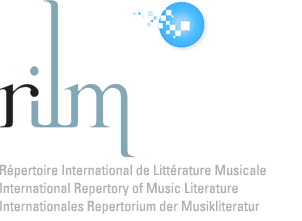
During the Great Depression Bill “Bojangles” Robinson and Shirley Temple made a number of films together in which narratives depict an America where black people are happy slaves or docile servants, Civil War (even southern) soldiers are noble Americans, and voracious capitalists are kindly old men. But within these minstrel tropes and origin stories designed for uplift, the films challenge regressive ideologies through Robinson and Temple’s incendiary dance partnership.
For example, while the stair dance in The little colonel is part of the story, it is bracketed as a time outside the movie’s narrative flow. This thrusts the dance through the fixity of Jim Crow social constructs to reveal them as constructs, demonstrating the layered and molten nature of race and gender, and offering moviegoers a vision of the sociological and existential structures of U.S. society reimagined.
This according to “Bill Robinson and Shirley Temple tap past Jim Crow” by Anne Murphy, an essay included in The Oxford handbook of screendance studies (New York: Oxford University Press, 2016, pp. 731–47).
Today is Robinson’s 140th birthday! Below, the celebrated stair dance.











